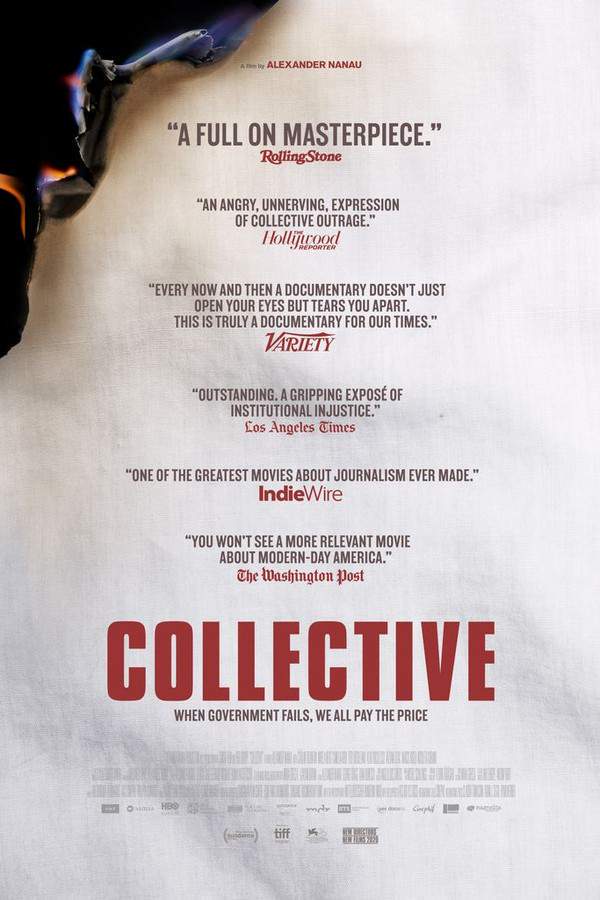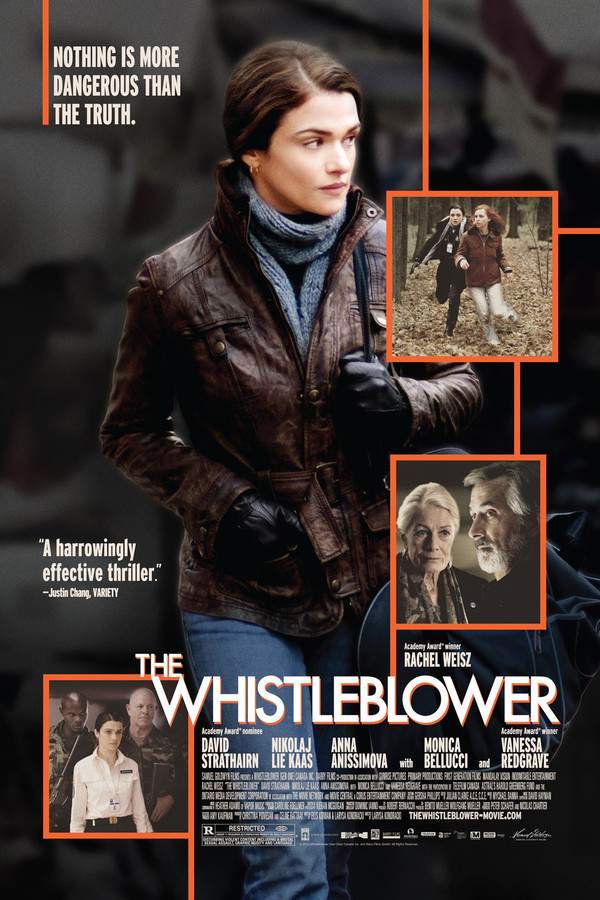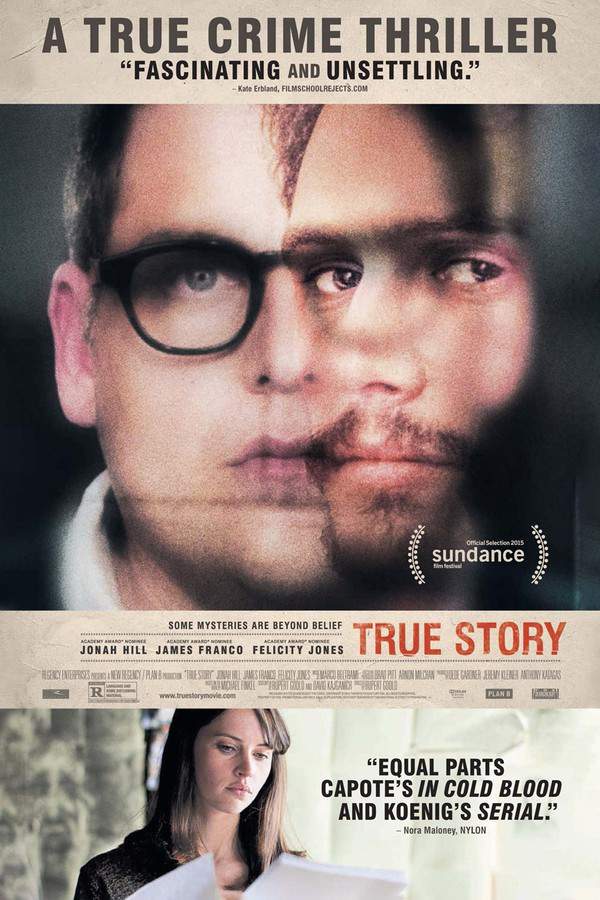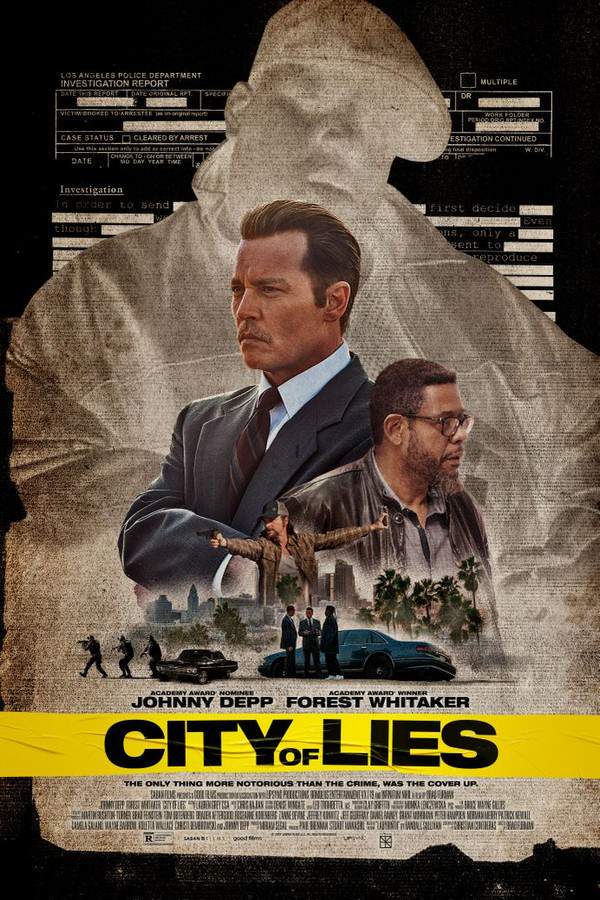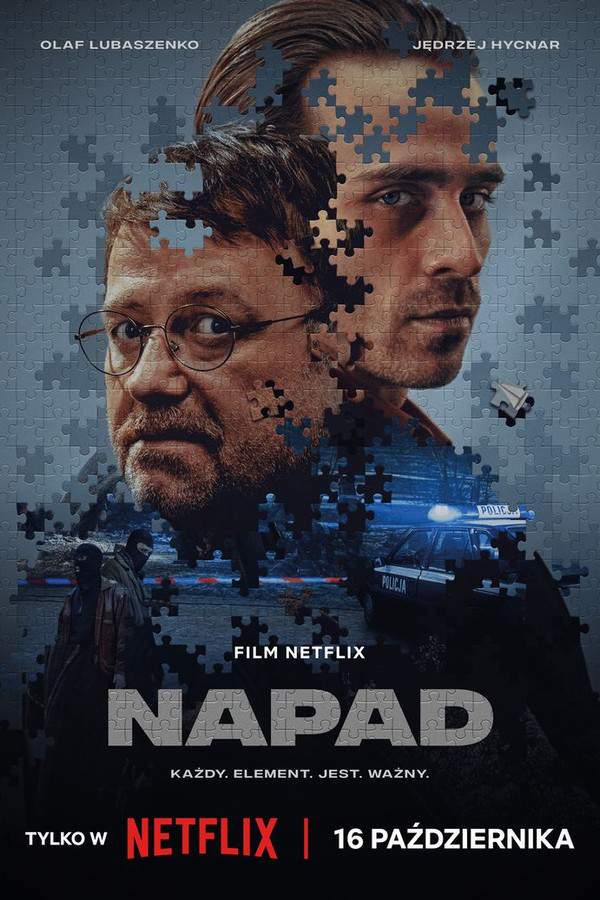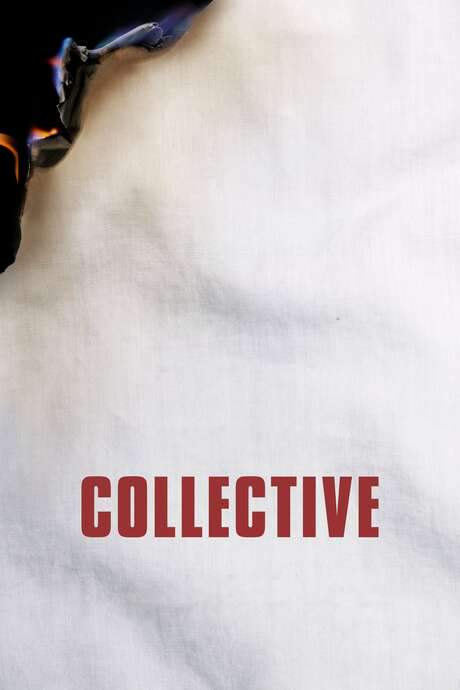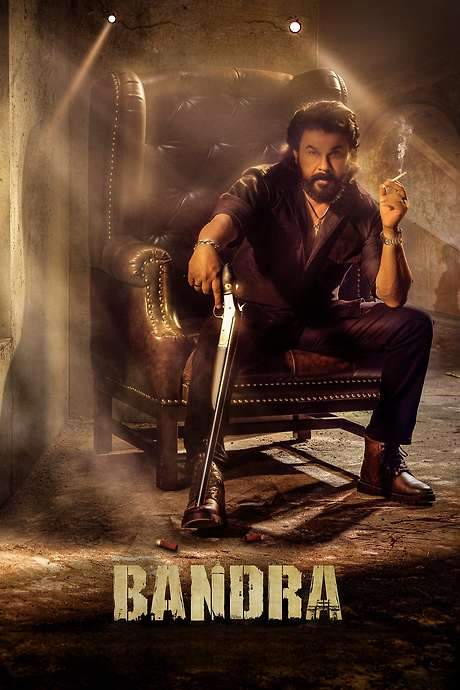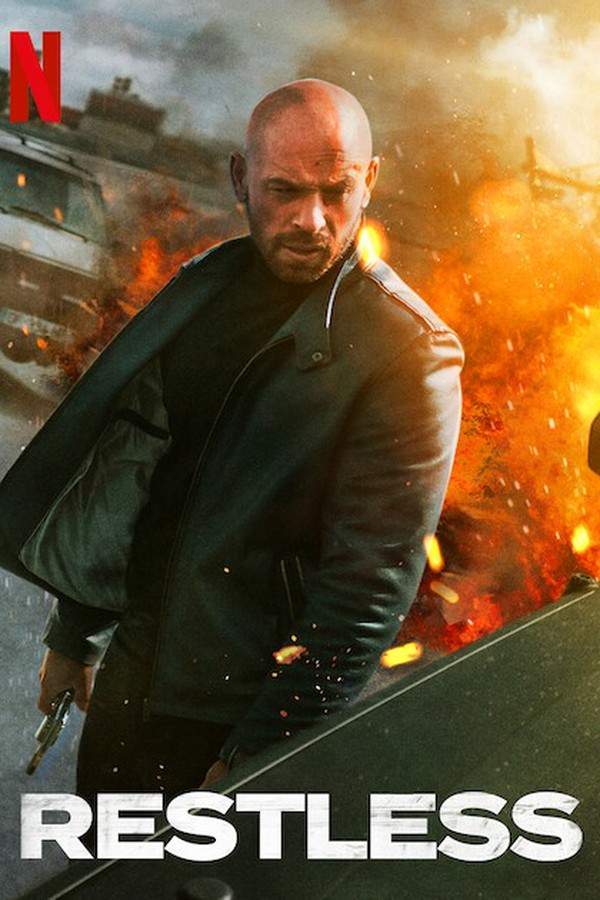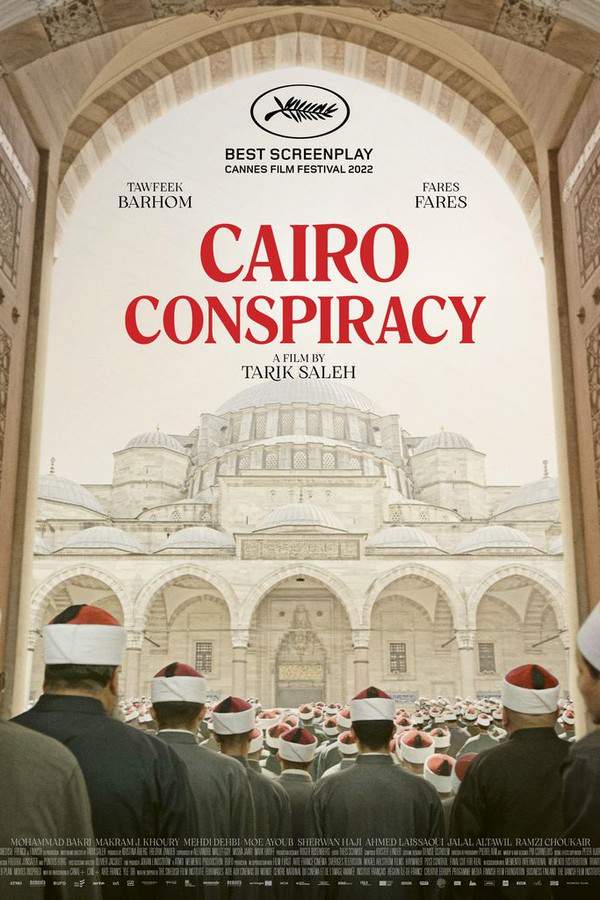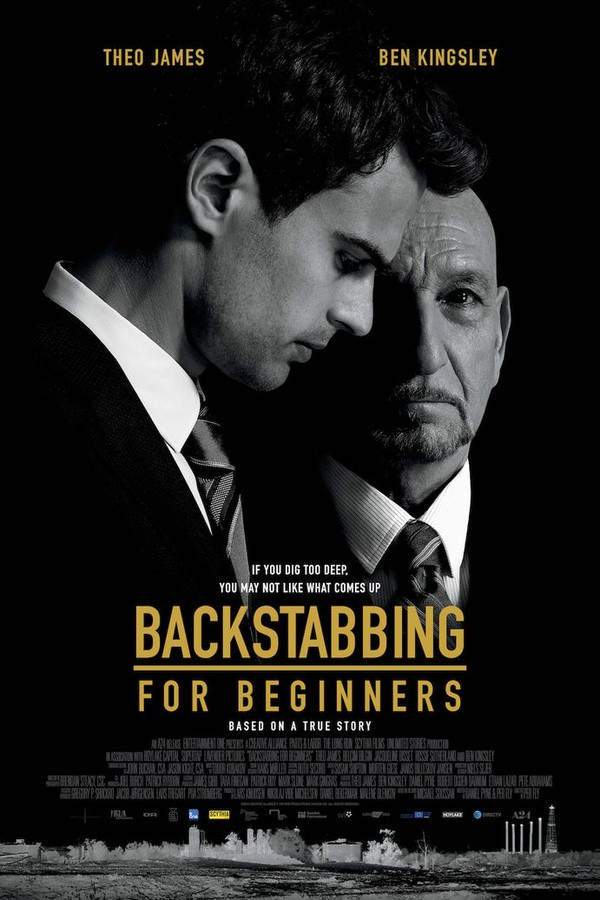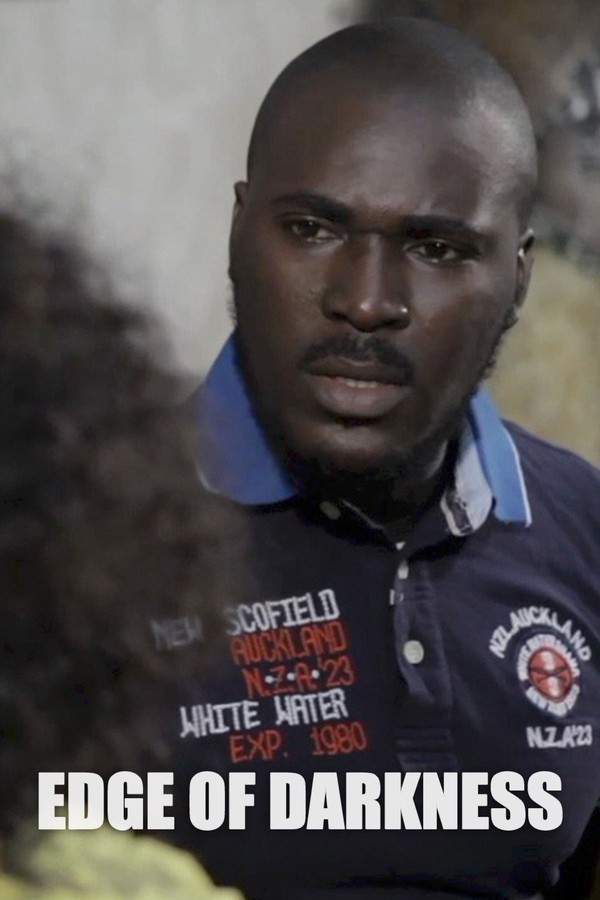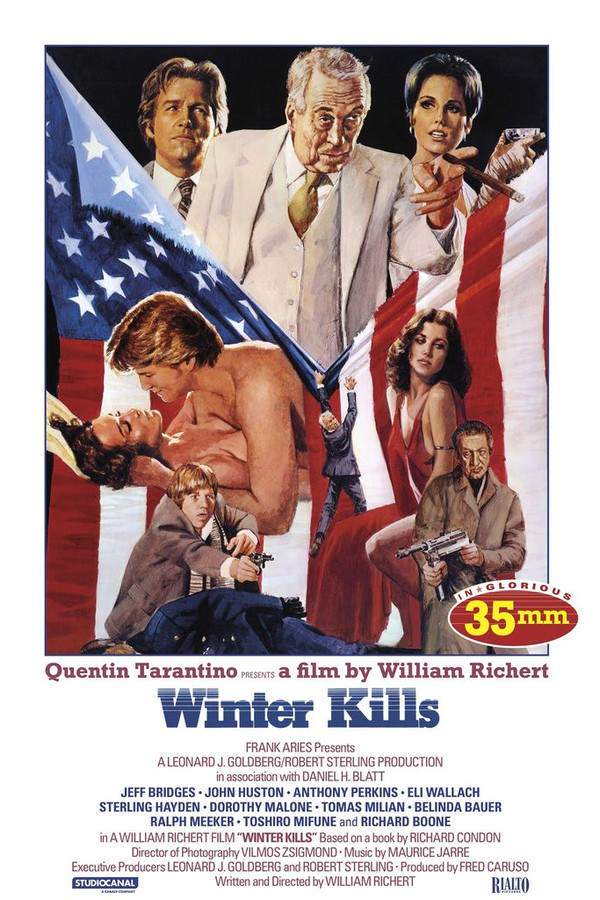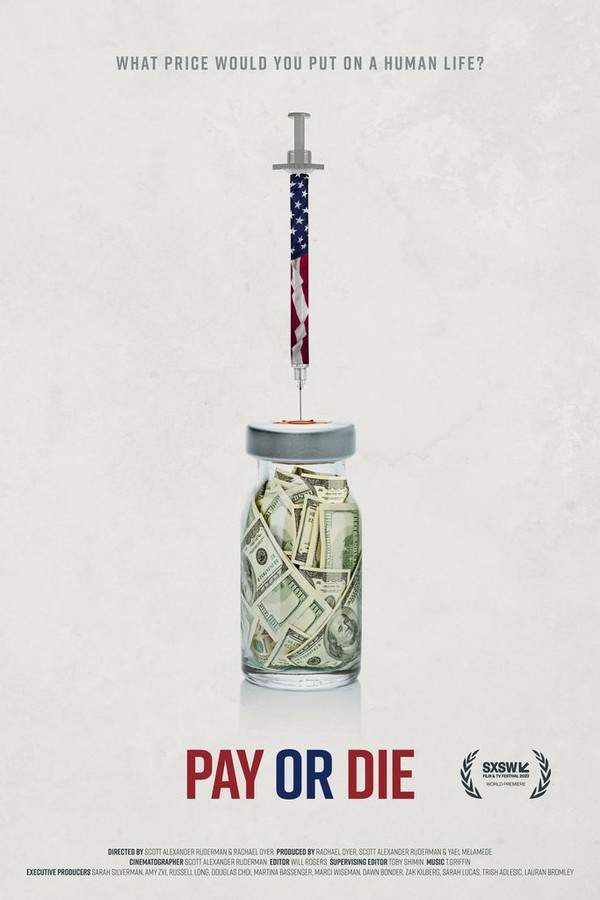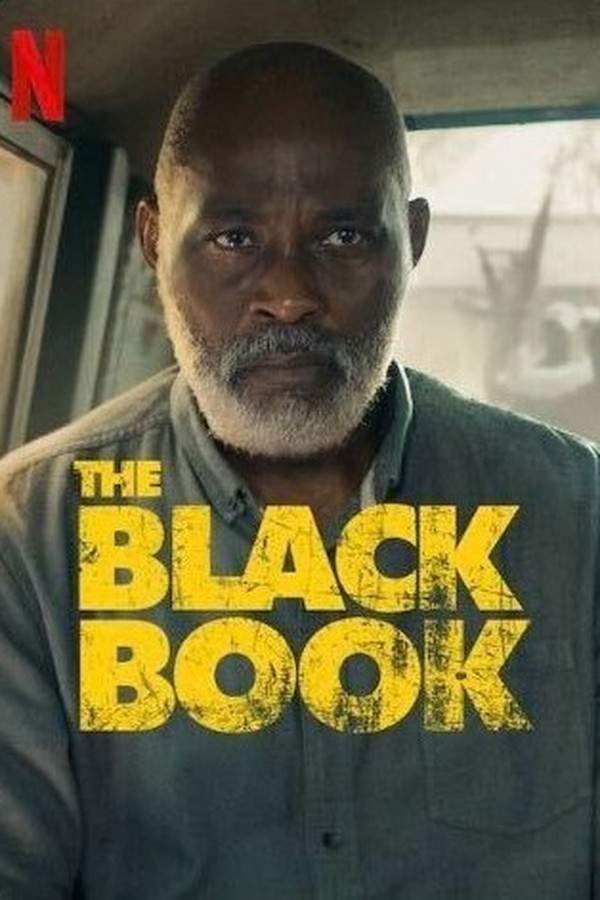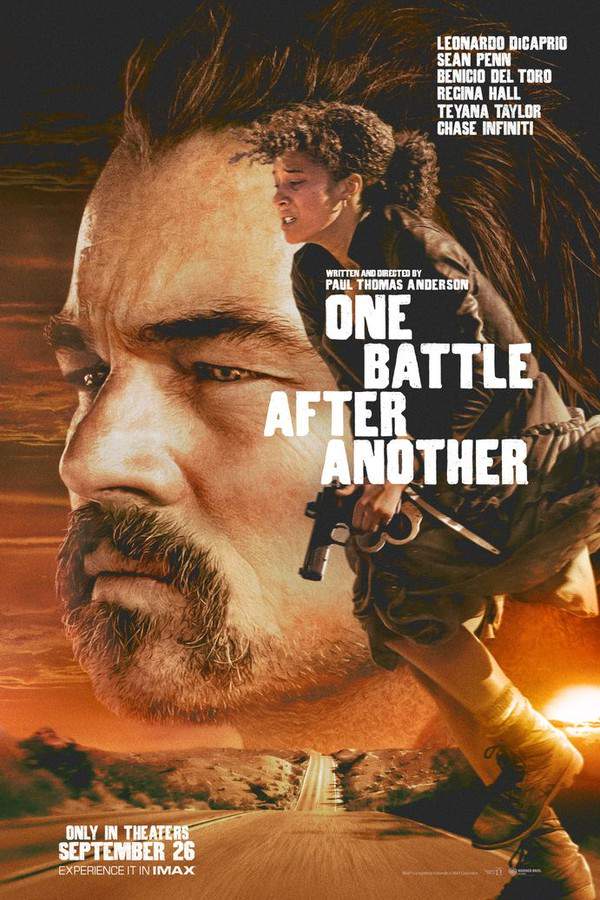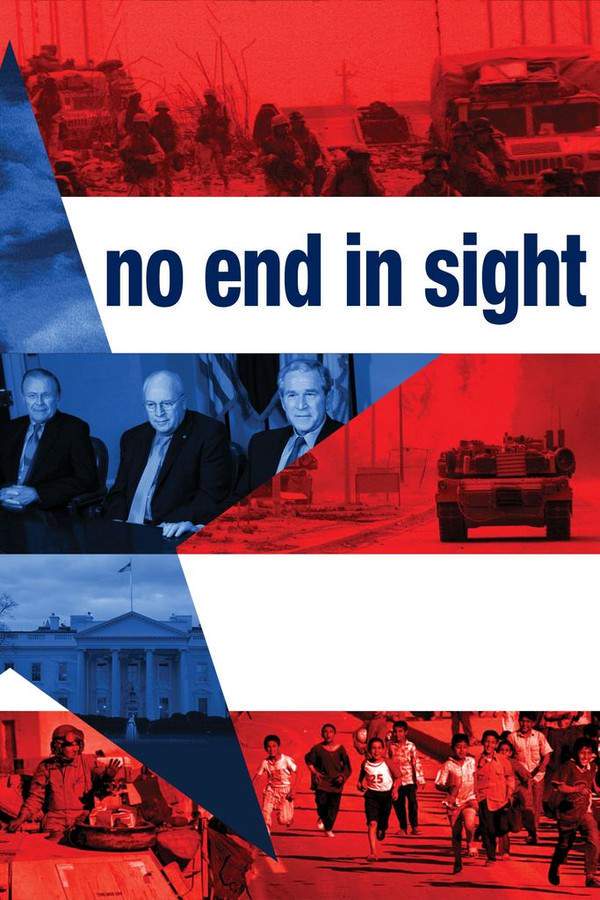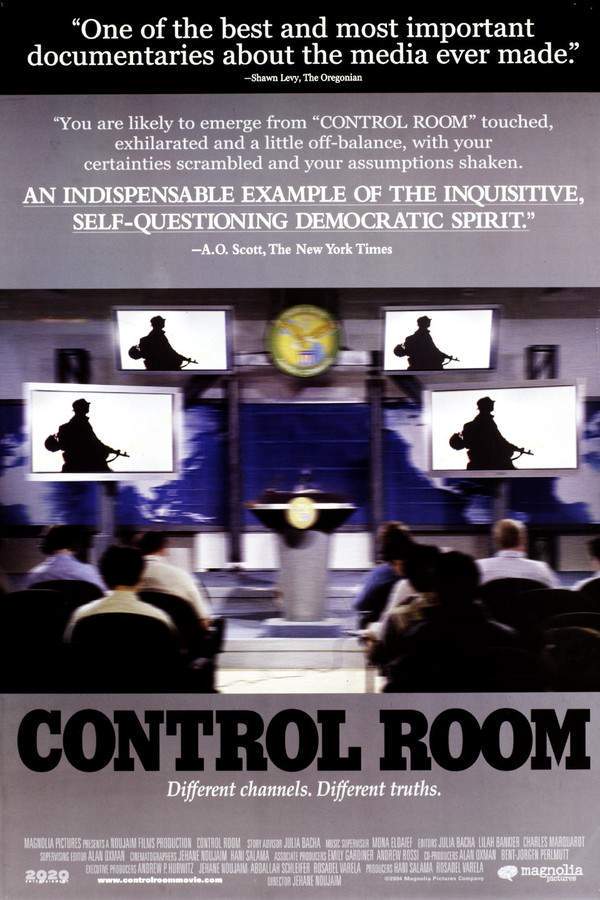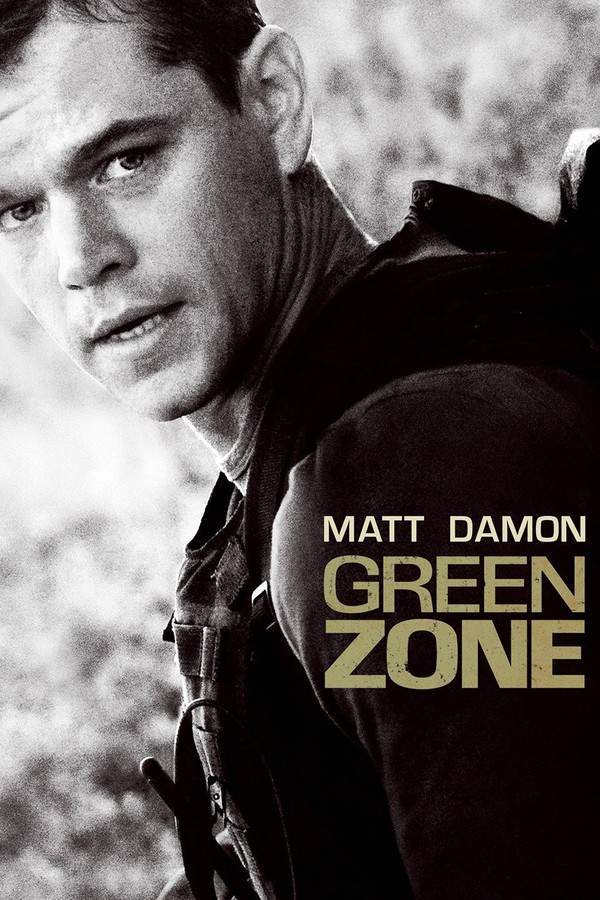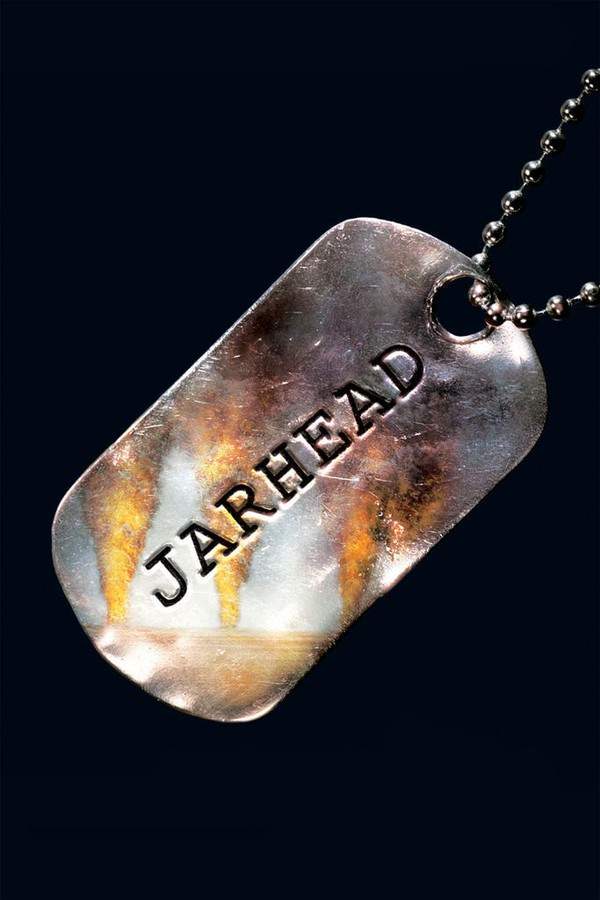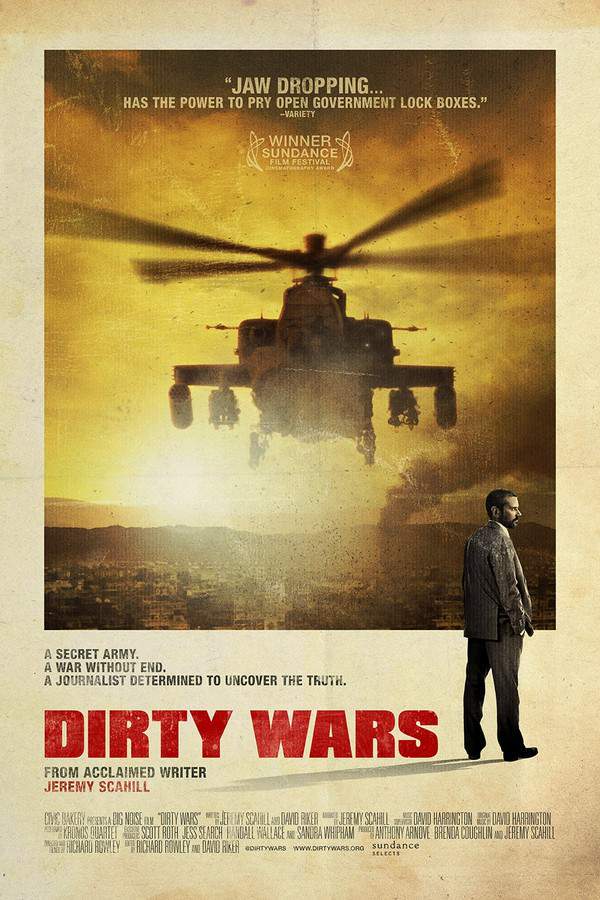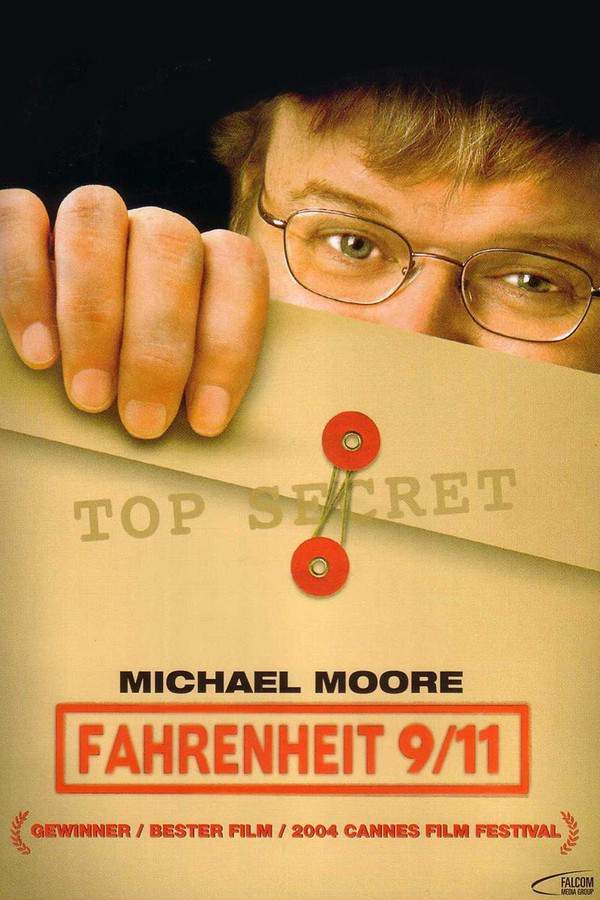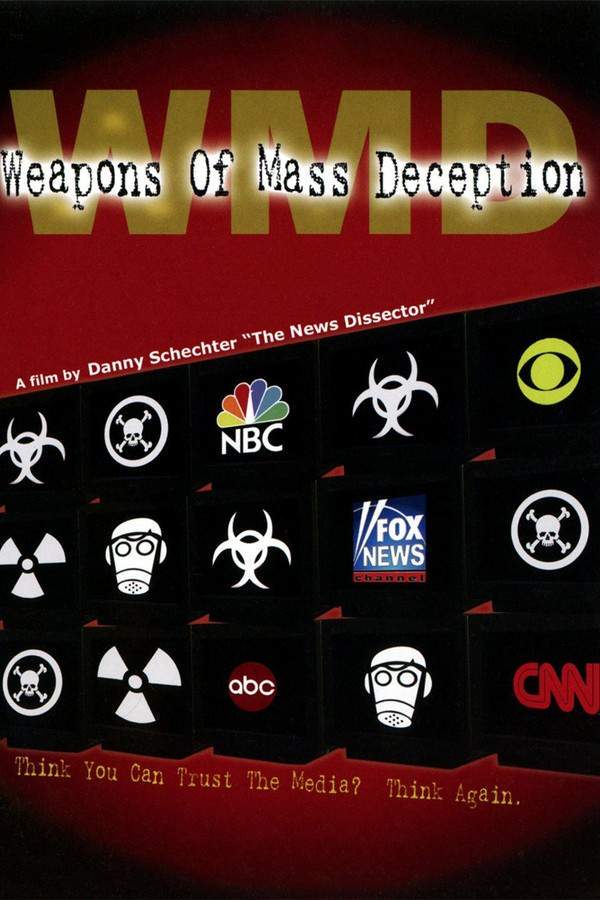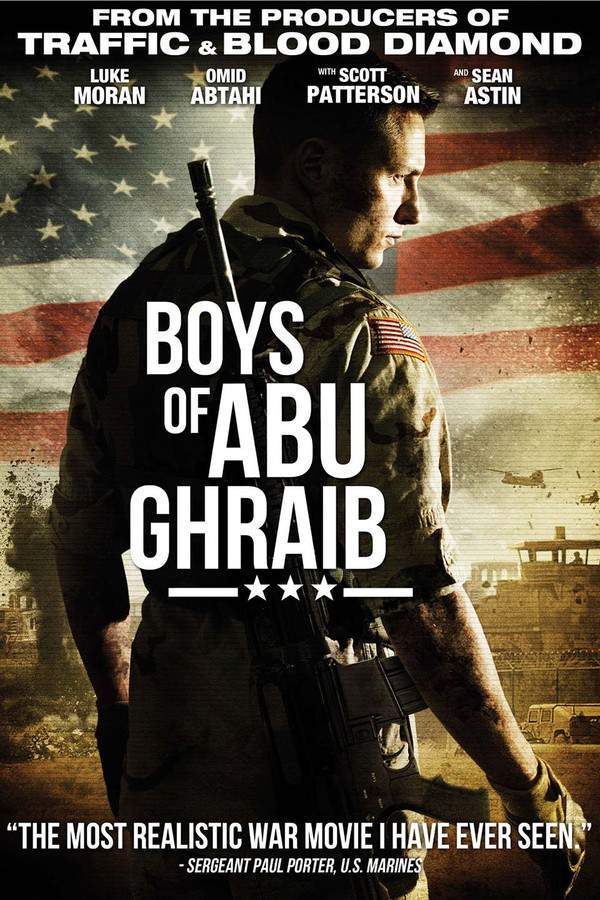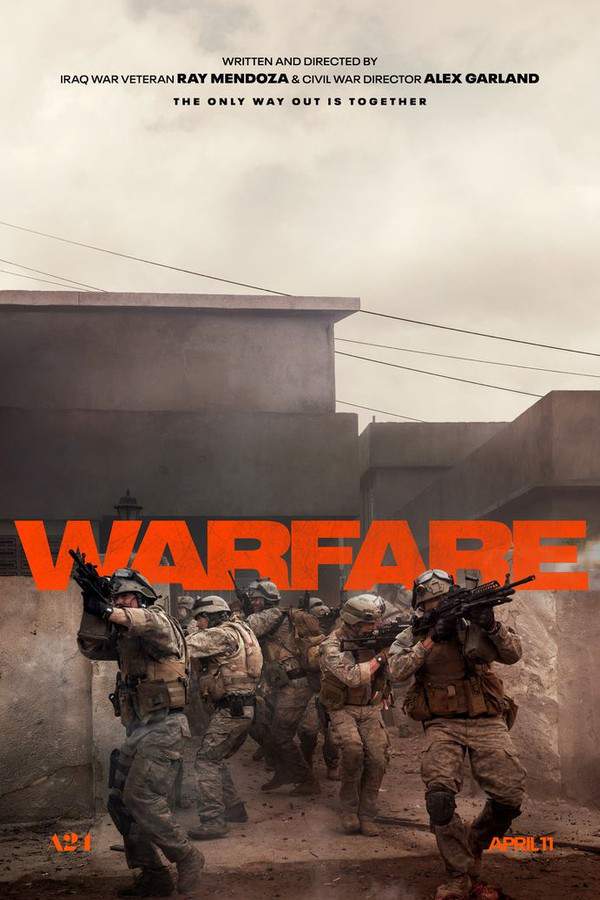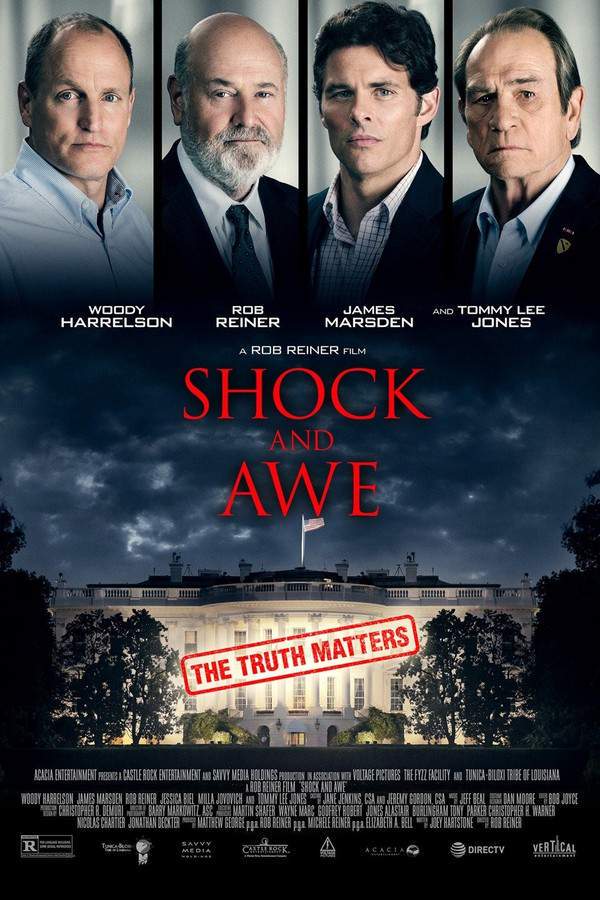
Shock and Awe
In the days leading up to the 2003 invasion of Iraq, a determined team of journalists investigates the Bush administration's assertions regarding weapons of mass destruction. The film explores the complex relationship between political power and media coverage, revealing how easily information can be manipulated and the challenges faced in uncovering the truth. It’s a gripping drama examining the importance of accountability and the role of the press in a time of war.
Warning: spoilers below!
Haven’t seen Shock and Awe yet? This summary contains major spoilers. Bookmark the page, watch the movie, and come back for the full breakdown. If you're ready, scroll on and relive the story!
Shock and Awe (2018) – Full Plot Summary & Ending Explained
Read the complete plot breakdown of Shock and Awe (2018), including all key story events, major twists, and the ending explained in detail. Discover what really happened—and what it all means.
In 2006, the Senate Committee on Veteran Affairs convenes to deliberate the future funding of the Veteran Affairs, and at this pivotal moment, we meet retired Army veteran Adam Green, a young man who lost his legs while serving his country. Adam, who enlisted in the military at the tender age of 19 and was deployed to Iraq, bravely shares his harrowing experience of how just hours after arriving in Iraq, his transport vehicle was struck by an IED, causing a life-altering injury that left him wanting answers about the true reasons behind the war in Iraq.
As Adam’s testimony unfolds, another narrative takes shape: a group of dedicated journalists, including Warren Strobel and Jonathan Landay, are on a mission to probe the claims made by the Bush Administration regarding Saddam Hussein’s purported possession of weapons of mass destruction, which served as a justification for the 2003 invasion of Iraq, ominously dubbed “Shock and Awe.” President George Bush asserted that this war was essential to safeguard the world from a looming threat, aiming to dethrone Saddam and spread democracy throughout the Middle East.
In this backdrop, we flash back to September 2001, when the tragic events of 9/11 send shockwaves through the nation. Amidst this turmoil, John Walcott, the bureau head for the Knight Ridder news service—a collective of 31 newspapers—dispatches reporters Warren Strobel and Jonathan Landay to scrutinize the unfolding story. Despite the State Department’s insistence on Iraq’s involvement in the attacks, a burgeoning narrative suggests that Al-Qaeda, led by Osama bin Laden, is the true perpetrator.
Walcott is adamant that the State Department’s approach to instilling democracy in the Middle East is misguided, rooted in nationalism rather than genuine patriotism. This sentiment is echoed by Vlatka Landay, Jonathan’s wife, who expresses her skepticism towards the administration’s justifications. Meanwhile, Lisa Mayr, who resides in the same building as Strobel, begins a romantic relationship with him, providing a personal dimension to the unfolding investigation.
As the investigation deepens, it is revealed that the Defense Department has sent an ex-service member to Europe with the objectives of tracing links between Iraq and the 1993 World Trade Center bombing. Walcott’s sources in Afghanistan reveal a worrying trend: U.S. military assets are being diverted to Iraq, hindering efforts to locate Osama bin Laden, who evades capture by slipping into Pakistan.
During this tumultuous time, Walcott encounters Joe Galloway, a seasoned war correspondent from the Vietnam War era who is now entangled with the administration’s narratives. He proposes a collaboration that could potentially amplify their pursuit of the truth regarding the war. Walcott speculates an invasion’s repercussions, arguing that the push to install Ahmed Chalabi as Iraq’s leader could fracture Iraq into warring factions, leading U.S. troops into a quagmire of civil unrest.
As tensions mount, an analyst from the Pentagon discloses that Donald Rumsfeld is orchestrating a parallel intelligence operation, in collaboration with Chalabi and Israeli sources, to fabricate justifications for the invasion. A crucial concern arises over Washington’s journalistic integrity, highlighting a troubling addiction to political access that compromises the factual basis of reporting.
Walcott firmly believes in the reliability of his sources, standing in contrast to the narratives pushed by others, such as Judith Miller. He recalls first encountering Ahmed Chalabi many years prior, characterizing him as a figure devoid of genuine war experience. Despite the overwhelming support of mainstream networks for the administration’s claims, Walcott’s team perseveres, ensuring they rigorously question and investigate the available facts.
As evidence mounts that the administration neglects expert advice on the Middle East and nuclear capabilities, their commitment to factual journalism seems to deliver results. In stark opposition to the administration’s claims of WMDs, their investigation ultimately lays bare a fabric of deception. Despite their own moments of doubt, Walcott, Strobel, and Landay emerge as champions of integrity, leading to a sobering conclusion that 17 years of war have resulted in staggering consequences: $2 trillion in expenditures, 36,000 American lives lost, 1 million Iraqi casualties, and no weapons of mass destruction found.
The tireless work of Knight Ridder’s journalists culminates in recognition when they receive the Raymond Clapper Memorial award from the Senate Press Gallery on February 5, 2004, underscoring their dedication to illuminating the truth behind the complex and often murky justifications for the Iraq war.
Last Updated: May 12, 2025 at 07:04
Explore Movie Threads
Discover curated groups of movies connected by mood, themes, and story style. Browse collections built around emotion, atmosphere, and narrative focus to easily find films that match what you feel like watching right now.
Investigative journalism movies like Shock and Awe
Stories of reporters risking everything to uncover high-level corruption and lies.If you liked the high-stakes investigation in Shock and Awe, explore more movies about determined journalists uncovering government corruption and corporate secrets. These similar stories capture the tension and ethical challenges of pursuing the truth against powerful opposition.
Narrative Summary
Narratives in this thread typically follow a methodical investigation, unfolding through document reviews, source meetings, and ethical dilemmas. The central conflict pits the protagonists' integrity and persistence against systemic deception, often leading to public revelation but at great personal or professional cost.
Why These Movies?
These movies are grouped together for their shared focus on the journalistic process, the tense mood of uncovering secrets, and the heavy emotional weight of dealing with consequential truths. They share a dark, critical tone and a steady pacing that builds urgency as the investigation deepens.
Political thrillers based on true events like Shock and Awe
Gripping dramas based on real-world political deception and its devastating consequences.Fans of Shock and Awe will appreciate these similar political thrillers grounded in factual events. Discover movies that expose government deception, media manipulation, and the sobering human impact of political decisions, offering a critical look at recent history.
Narrative Summary
The narrative pattern involves exposing a real-life political scandal or deception, often with a dual timeline showing both the events as they unfolded and their later repercussions. The journey is one of uncovering layers of falsehood, culminating in a conclusion that is vindicating for truth-tellers but tragic on a human scale.
Why These Movies?
These films are united by their basis in factual events, their dark and critical tone regarding political power, and their heavy emotional weight stemming from real-world consequences. They share a steady, methodical pacing that builds to a sobering, often bittersweet, ending.
Unlock the Full Story of Shock and Awe
Don't stop at just watching — explore Shock and Awe in full detail. From the complete plot summary and scene-by-scene timeline to character breakdowns, thematic analysis, and a deep dive into the ending — every page helps you truly understand what Shock and Awe is all about. Plus, discover what's next after the movie.
Shock and Awe Timeline
Track the full timeline of Shock and Awe with every major event arranged chronologically. Perfect for decoding non-linear storytelling, flashbacks, or parallel narratives with a clear scene-by-scene breakdown.

Characters, Settings & Themes in Shock and Awe
Discover the characters, locations, and core themes that shape Shock and Awe. Get insights into symbolic elements, setting significance, and deeper narrative meaning — ideal for thematic analysis and movie breakdowns.

Shock and Awe Spoiler-Free Summary
Get a quick, spoiler-free overview of Shock and Awe that covers the main plot points and key details without revealing any major twists or spoilers. Perfect for those who want to know what to expect before diving in.

More About Shock and Awe
Visit What's After the Movie to explore more about Shock and Awe: box office results, cast and crew info, production details, post-credit scenes, and external links — all in one place for movie fans and researchers.

Similar Movies to Shock and Awe
Discover movies like Shock and Awe that share similar genres, themes, and storytelling elements. Whether you’re drawn to the atmosphere, character arcs, or plot structure, these curated recommendations will help you explore more films you’ll love.
Explore More About Movie Shock and Awe
Shock and Awe (2018) Scene-by-Scene Movie Timeline
Shock and Awe (2018) Movie Characters, Themes & Settings
Shock and Awe (2018) Spoiler-Free Summary & Key Flow
Movies Like Shock and Awe – Similar Titles You’ll Enjoy
No End in Sight (2007) Film Overview & Timeline
Control Room (2004) Plot Summary & Ending Explained
Green Zone (2010) Spoiler-Packed Plot Recap
Jarhead (2005) Full Summary & Key Details
Dirty Wars (2013) Full Summary & Key Details
Fahrenheit 9/11 (2004) Story Summary & Characters
WMD: Weapons of Mass Deception (2004) Detailed Story Recap
Boys of Abu Ghraib (2014) Full Summary & Key Details
In Shifting Sands: The Truth About Unscom and the Disarming of Iraq (2002) Complete Plot Breakdown
Warfare (2025) Full Summary & Key Details
Breaking the Silence: Truth and Lies in the War on Terror (2003) Complete Plot Breakdown
Uncovered: The Whole Truth About The Iraq War (2004) Movie Recap & Themes
Buried in the Sand: The Deception of America (2004) Story Summary & Characters
Generation Kill (1000) Complete Plot Breakdown
Shock Troops (1967) Complete Plot Breakdown


